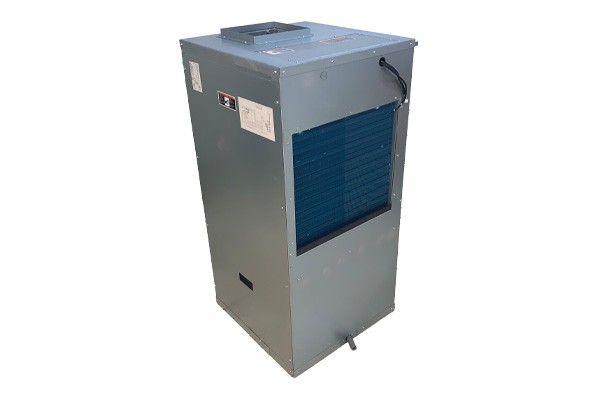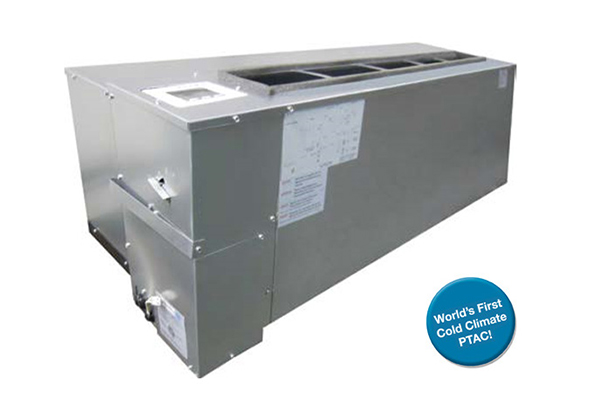The Northeast Energy Efficiency Partnerships (NEEP) was founded in 1996 with a vision: making the region’s homes, buildings, and communities transformed into efficient, affordable, low-carbon, and resilient places to live, work, and play.
To do that, NEEP works to accelerate energy efficiency, electrification, and grid flexibility in the building sector to reduce climate pollution and build an affordable, sustainable, and resilient energy future. Working across the 12 states and the District of Columbia that comprise the Northeast and Mid-Atlantic region, NEEP is also part of national network of Regional Energy Efficiency Organizations (REEOs) sharing the same vision.

To accomplish their vision, NEEP works through strategic regional collaboration with state and local governments, businesses and manufacturers, utilities and program administrators, and community leaders across the Northeast and Mid-Atlantic region. These collaborations help to scale up public policy and market solutions, innovate, and facilitate the knowledge to reduce building sector energy consumption and emissions while transitioning to a robust, equitable clean energy economy. Their Heating Electrification initiative is especially important in their quest, and Ice Air products are in the “sweet spot.”
Core of the Apple
The “Big Apple” New York is a complex network of buildings, and space and water heating make up over 90 percent of all direct carbon emission from the homes and buildings in the region. Heat pump technologies, including cold climate air source heat pumps (ccASHPs) and ground source heat pumps (GSHPs) offer households and businesses important solutions to reduce and eliminate these emissions.
 |
 |
Typical heat pump systems require electric resistance heat to kick on when outdoor temperatures drop below 40°F, making them unsuitable for areas with long winters. VRF systems maintain heat pump operation down to -13°F, but they can be expensive to install. Ice Air offers Existing Buildings – Replacement Models AND new construction models. Check out our RSXC and SPXC models, both of which are NEEP listed! Just go to that listed website and pull down ICE AIR! page on NY-GEO here: https://members.ny-geo.org/directory/Details/ice-air-llc-3540776

Since 2013, NEEP’s regional initiative has been focused on driving collaboration to ensure long term market transformation of these technologies. Guiding the initiative’s work are two NEEP reports that were created with extensive input from a group of stakeholders: The Northeast/Mid-Atlantic Air-Source Heat Pump Market Strategies Report and Variable Refrigerant Flow (VRF) Market Strategies Report.
NEEP Knows!
NEEP provides valuable resources for you to use in helping you understand an implement decarbonization goals.
Public Policy
Setting the Table for Building Decarbonization (2024 )
Decarbonizing buildings is essential to achieving broader climate goals, which demand rapid progress toward economy-wide decarbonization. Getting there will require thoughtful policy approaches, as building decarbonization involves actions by thousands of individual building owners.
Emerging Heat Pump Technologies (2024 )
Efficient electrification of homes and buildings has made progress in recent years through the adoption of heat pump technologies for space and water heating applications. However, other HVAC and hot water system applications in both the residential and commercial sectors are critical.
Collaborative Efforts: NEEP works with NYSERDA and the New York Electric Utilities to ensure a consistent experience and business environment for heat pump solution providers throughout New York State.
“Ice Air is pleased to be among the manufacturers of leading high-performing cold climate ASHPs on NEEP’s list,” says Ric Nadel, Founder and CEO. “We have been championing the broader market goal of heating electrification since 2019 and are committed to driving awareness with initiatives such as our recently launched CEU which focuses on the decarbonization of the built environment through strategic electrification.”
How NEEP Benefits Building Owners
- Cost Savings: NEEP helps building owners implement energy-saving measures that reduce utility bills. Through its resources and partnerships, NEEP can provide guidance on upgrading HVAC systems, lighting, insulation, and other building components for better energy performance. This includes the listed products where you’ll find Ice Air products that fit your decarbonization goals.
- Improved Building Performance: NEEP’s standards and guidelines promote high-efficiency building designs that improve indoor comfort and reduce maintenance. For example, advanced HVAC systems and lighting controls not only cut energy costs but can also enhance tenant comfort and satisfaction. Ice Air is ready to help you with your objectives. Simply contact us for engineering help!
- Increased Property Value: Energy-efficient buildings often have higher property values and attract tenants or buyers who prioritize sustainability. NEEP’s support in meeting energy efficiency standards can contribute to a building’s long-term marketability and appeal. More and more, Ice Air advanced decarbonization-related products like the RSXC and SPXC are being specified to help building owners’ property values.
- Environmental Impact: By following NEEP’s guidelines, building owners contribute to reduced greenhouse gas emissions and a healthier environment. Many commercial tenants and residents look for eco-friendly spaces, and aligning with NEEP’s energy efficiency practices can strengthen a building’s environmental reputation. This is especially true with LL97
- Access to Incentives: NEEP often works in coordination with local utilities and government programs like NYS Clean Heat that offer financial incentives for energy-efficient upgrades with NEEP listed products. Building owners can tap into rebates, grants, and other financial support for making energy-saving improvements.
Through NEEP, building owners can use Ice Air products to turn energy efficiency from a technical challenge into a strategic advantage, benefiting their bottom line, improving tenant experiences, and supporting environmental sustainability.
